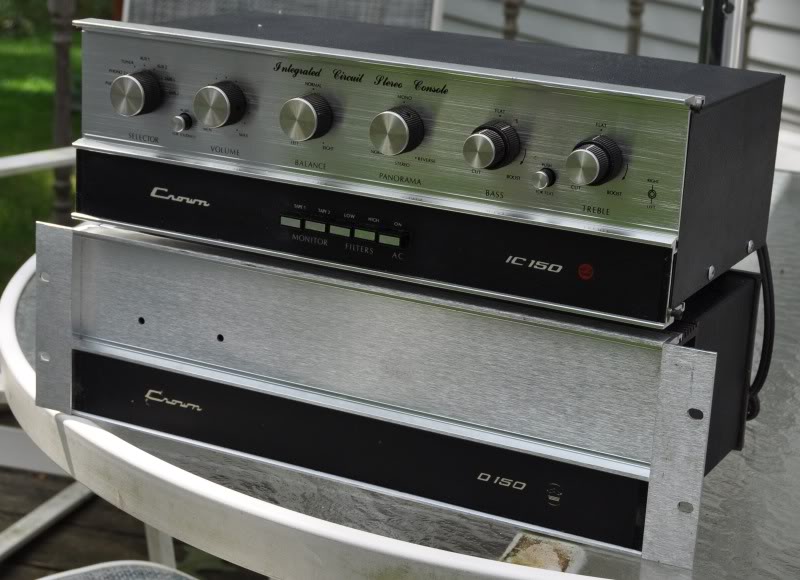I might ask the question - why is a pro amplifier more suited for home use than a good amplifier specifically designed for the home? Can anybody answer this question?
Here are some of the things I like about proamps vs consumer; traits I expect from a proamp that can be hard to find in consumer amps
* balanced inputs
* line level inputs for proaudio (+4 dBu)
* variable gain settings / input sensitivity
* analogue level attenuation pots
* built in clip limiters (invaluable imo)
* instant off muting (no home audio bleed down)
* much better AC line noise/spike protection
* generally capable of driving lower impedance loads
* bridgeable
* considerably more wattage for the buck
with DSP added to proamps:
* output limiters for both RMS and peak voltage
* xovers, EQs, delays, gains, polarity, some with FIR filters
* presets
* real time amp monitoring over Ethernet or USB
* often with audio over Ethernet
with DSP amps and real time software control programs
* ability to make control screens for laptops, tablets and phone
* control screens than contain volume, presets and virtually any parameter or group of parameters

